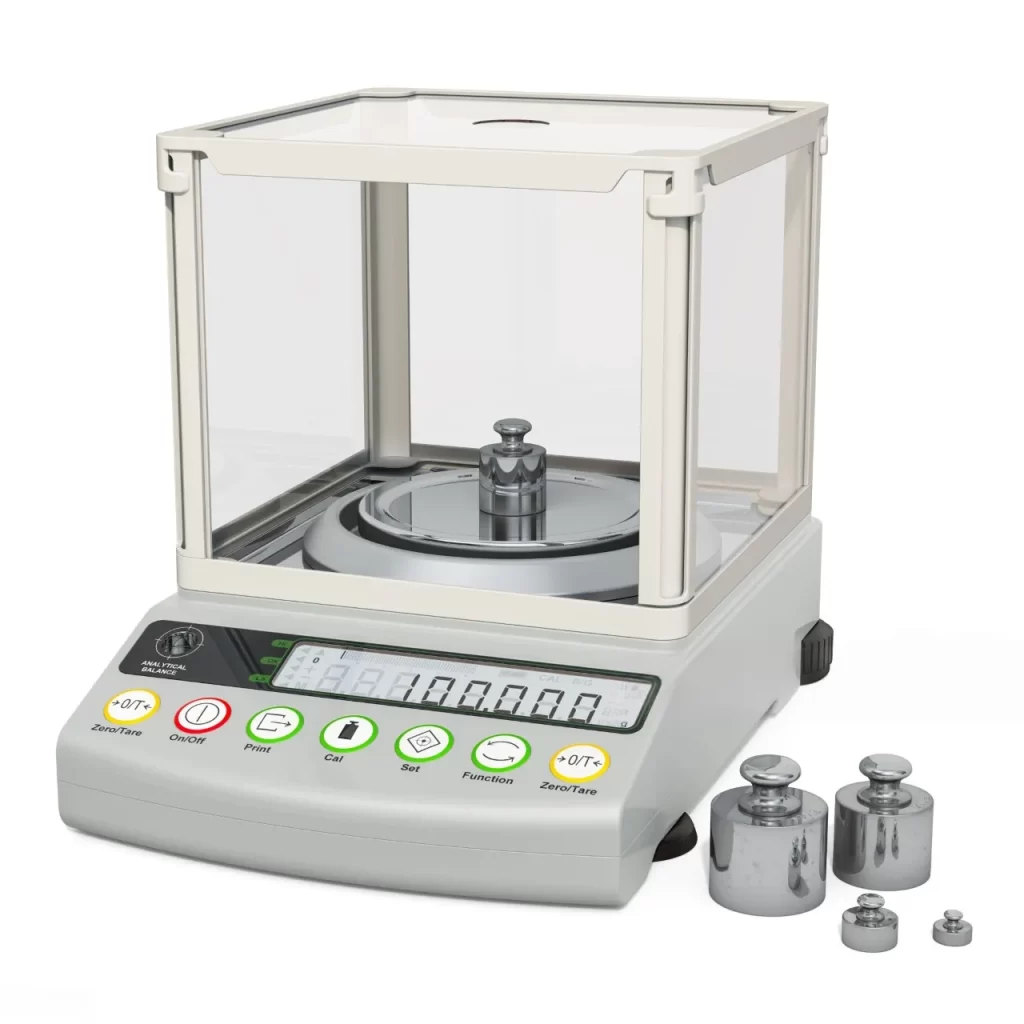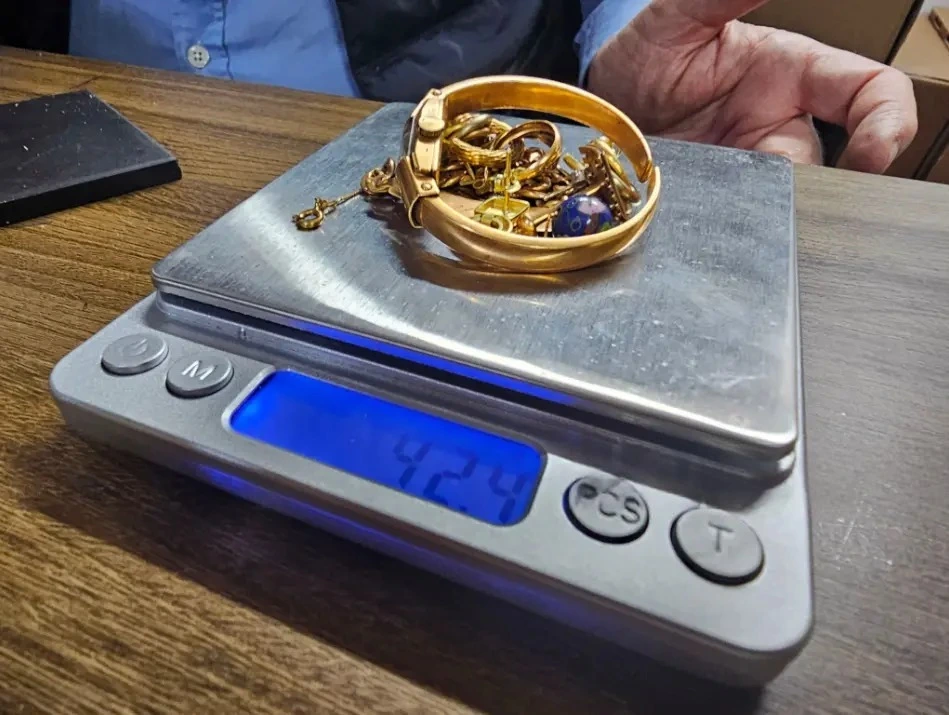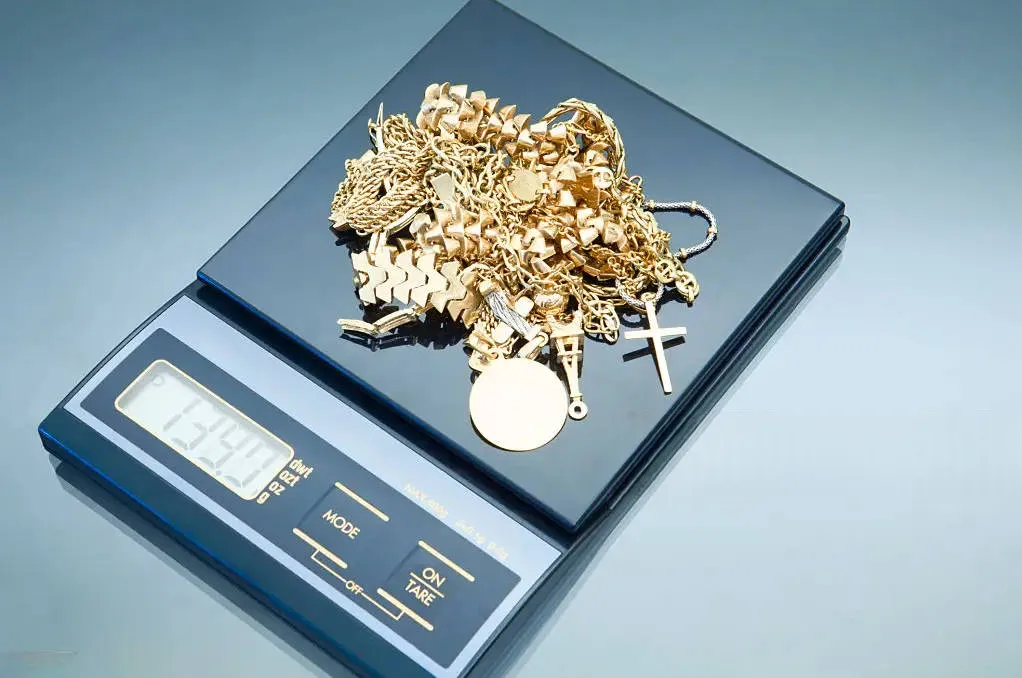When weighing precious items like diamonds, gemstones, or gold, every fraction of a gram matters. You’ve invested in a quality jewelry scale, expecting precise measurements. But have you considered a seemingly minor detail that can drastically impact your accuracy: a wind shield?
The short answer is: Yes, often, you absolutely need a wind shield for your jewelry scale. Especially when dealing with the minute measurements typical in the jewelry industry, controlling the surrounding environment is paramount. This comprehensive guide will delve into why wind shields are crucial, when they’re truly essential, the undeniable benefits they offer, and how to select the right one to ensure your measurements are always on point.

Why Air Currents Affect Jewelry Scales
It might seem counterintuitive, but even the slightest air movement can throw off the readings of a highly sensitive jewelry scale. To understand why, consider the extreme precision these instruments offer.
The Exquisite Sensitivity of Jewelry Scales
Modern jewelry scales, particularly those designed for diamonds and gemstones, can measure down to 0.01 gram (carat equivalent) or even as fine as 0.001 gram. At this microscopic level of detection, the force exerted by moving air, however subtle, becomes significant enough to influence the delicate load cell or strain gauge within the scale.
How Imperceptible Drafts Create Measurement Errors
Imagine a feather resting on your hand; a gentle puff of air would easily move it. A jewelry scale’s weighing pan and its internal mechanisms are similarly susceptible. Here’s how seemingly minor air currents can cause inaccuracies:
- Air Pressure Differentials: Moving air creates variations in air pressure. These tiny pressure differences can exert a measurable force on the weighing pan, causing the displayed weight to fluctuate or settle incorrectly.
- Vibrations: Air currents can induce microscopic vibrations on the scale’s surface or the item being weighed, which the sensitive internal sensors interpret as weight changes.
- Convection Currents: Even your own body heat or a nearby warm object can create rising air currents (convection) that subtly lift the weighing pan, leading to lower-than-actual readings.
Common Sources of Environmental Interference
You might think your workspace is still, but many everyday elements can introduce problematic air currents:
- HVAC Systems: Air conditioning vents, heating ducts, or even central air return registers create constant, often undetectable, air circulation.
- Open Windows and Doors: Natural breezes, or even the subtle pressure changes from opening/closing a door, can generate disruptive drafts.
- Foot Traffic: People walking by can create air movement.
- Breathing: Believe it or not, standing too close and breathing can introduce enough air current to affect ultra-fine measurements.
When a Wind Shield is Essential (and When It’s Not)
Understanding your specific needs will help you determine the necessity of a wind shield.
When a Wind Shield is Absolutely Essential
For critical accuracy and professional applications, a wind shield isn’t just recommended – it’s a must-have:
- Measuring Diamonds, Gemstones, and Precious Metals: If your scale has a resolution of 0.01g (or 0.005 carats) or finer, a wind shield is crucial. The value tied to these items demands unwavering precision.
- Professional Jewelers, Appraisers, and Gemologists: In these professions, reputation and financial transactions hinge on accurate weight. Inconsistent measurements are unacceptable and can lead to significant financial discrepancies or loss of trust.
- Environments with Known Air Movement: Any workspace with active air conditioning, heating, open windows, or frequent foot traffic will benefit immensely from a wind shield.
When a Wind Shield is Less Critical (But Still Beneficial)
While not always strictly necessary, a wind shield can still enhance your experience and accuracy in less demanding scenarios:
- Larger Measurements: If you’re primarily weighing larger items or quantities (e.g., weighing gold scrap in gram increments where 0.1g or 1g resolution is sufficient), minor fluctuations might be less impactful.
- Very Stable, Controlled Environments: If your scale is located in a dedicated, draft-free, temperature-controlled laboratory setting with no human traffic, you might potentially get by without one. However, such ideal conditions are rare in typical jewelry workshops or retail environments.
Benefits of Using a Wind Shield
The advantages of incorporating a wind shield into your weighing process extend beyond just preventing fluctuations.
1. Improved Accuracy and Precision
This is the primary benefit. A wind shield isolates the weighing pan from external air disturbances, allowing the scale to register the true weight of the item without interference. This leads to more reliable and precise measurements.
2. Repeatable Measurements
Without a wind shield, you might weigh the same item multiple times and get slightly different results due to changing air currents. A wind shield ensures that if you weigh an item repeatedly, you’ll consistently get the same accurate reading, building confidence in your data.
3. Reduced Frustration and Re-weighing
Chasing a stable reading on a sensitive scale can be incredibly frustrating. A wind shield eliminates this annoyance, saving you time and the need to constantly re-weigh items to confirm a reading.
4. Enhanced Professionalism in Your Work
For businesses, using a wind shield signals attention to detail and a commitment to accuracy. It builds trust with clients who understand the importance of precise measurements when dealing with valuable goods.
Types of Wind Shields and What to Look For
Wind shields come in various designs, each with its own advantages.
Built-in vs. Standalone Wind Shields
- Built-in Wind Shields: Many higher-end jewelry scales come equipped with an integrated wind shield, often a clear acrylic or glass enclosure that surrounds the weighing platform.
- Pros: Seamless design, perfectly sized for the scale, often enhances the scale’s aesthetic.
- Cons: Not removable on all models, might limit space for larger items if fixed.
- Standalone Wind Shields: These are separate accessories that you place over your scale.
- Pros: Universal compatibility (within size limits), can be added to any scale, often more affordable.
- Cons: Might not fit as snugly, can take up extra bench space.
Material Considerations
- Acrylic: A common material for wind shields. It’s lightweight, shatter-resistant, and provides good visibility.
- Glass: Offers superior clarity and scratch resistance, but is heavier and more prone to breakage. Often found in higher-quality laboratory balances.
Size and Accessibility
Ensure the wind shield is appropriately sized for your scale and the items you’ll be weighing. It should provide enough internal space to comfortably place and remove jewelry without obstruction. Look for designs that offer easy access to the weighing pan, such as sliding doors or removable panels.
Ease of Cleaning
A clear wind shield is essential for visibility. Choose a material and design that are easy to wipe clean without scratching, as dust or smudges can impair visibility.
Tips for Optimal Scale Usage (With or Without a Wind Shield)
Even with a wind shield, following these best practices will further enhance your scale’s accuracy and longevity.
1. Level Surface
Always place your jewelry scale on a perfectly flat, stable, and level surface. Most quality scales come with adjustable feet and a bubble level indicator. Ensure the bubble is centered before every use. An unlevel scale will produce inconsistent readings.
2. Regular Calibration
Calibration is the process of setting your scale to a known standard weight. Environmental factors and normal use can cause a scale to drift. Calibrate your scale regularly (daily, weekly, or monthly, depending on usage and manufacturer recommendations) using certified calibration weights. This is crucial for maintaining accuracy.
3. Temperature Stability
Sudden changes in ambient temperature can affect the electronic components within your scale. Avoid placing your scale near heat sources (lamps, direct sunlight) or cold drafts. Allow the scale to acclimatize to the room temperature for at least 30 minutes before use.
4. Cleanliness
Keep your weighing pan and the surrounding area meticulously clean. Dust, debris, or even fingerprints on the pan can add weight and affect accuracy. Use a soft brush or a lint-free cloth to clean the pan regularly.
Conclusion: Invest in Accuracy
So, do you need a wind shield for your jewelry scale? If precision, repeatability, and professionalism are important to your work – especially when measuring valuable items down to 0.01 grams or finer – the answer is a resounding yes.
A wind shield is not merely an accessory; it’s an essential tool that transforms your sensitive jewelry scale into a reliable, consistent, and accurate measurement instrument. It mitigates the invisible forces of air currents, allowing you to trust every reading and conduct your work with confidence.
Don’s let invisible drafts undermine your precision. Invest in accuracy, invest in a wind shield. Visit Stuccler explore our range of high-precision jewelry scales accessories designed to meet the demands of jewelers and enthusiasts alike.




